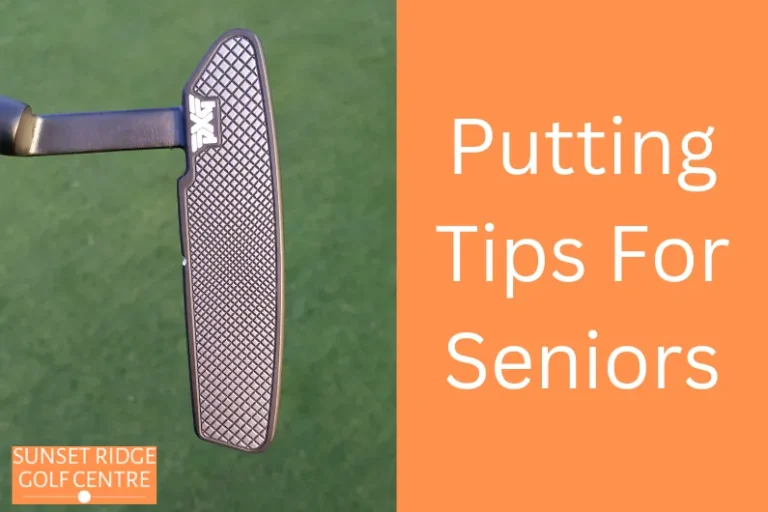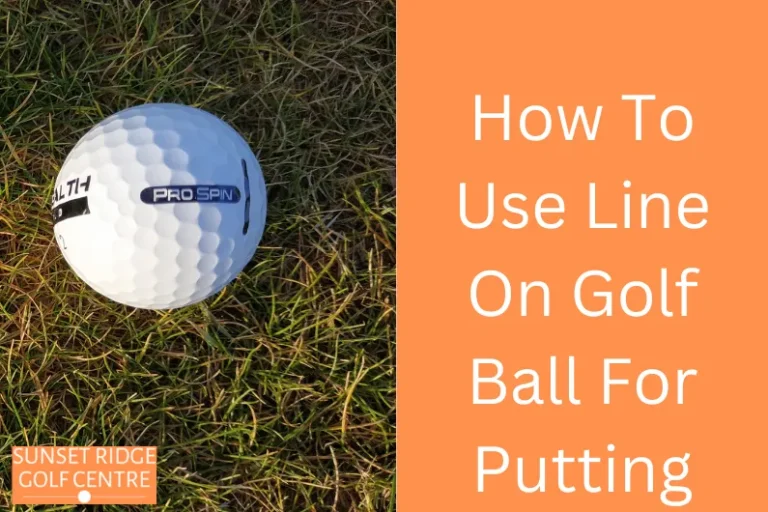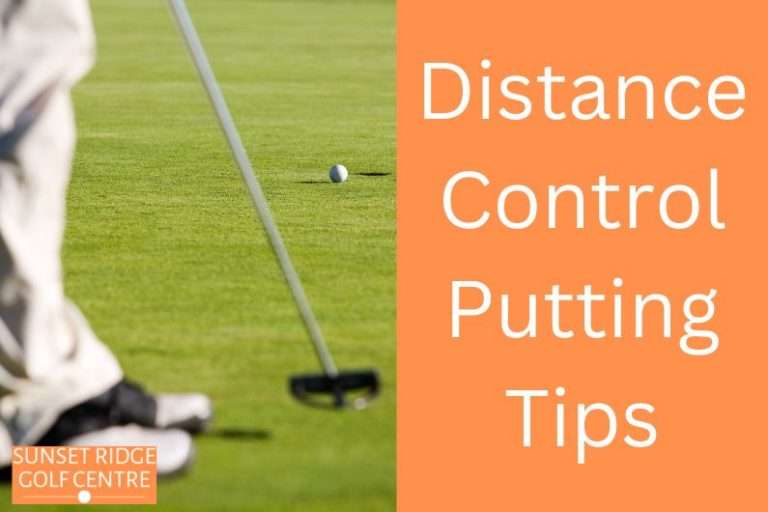Different Putting Techniques To Improve Your Scores
Are you a golfer looking to take your game to the next level? Putting can be one of the most challenging aspects of golf, but it doesn’t have to be. In this blog post, we’ll discuss different putting techniques that will help you improve your scores and become a better player.
How Do I Improve My Putting?
I suppose there are four areas you could work on in order to improve your game on the putting green. These are:
- the mental side of putting
- getting the right equipment
- grip, setup and posture
- green reading
Improving any of these four putting skills should improve your ability to hole putts but let’s focus on one of the most basic parts of putting, how you grip the club.
Get A Grip: How To Hold Your Putter
While working on putting drills on the practice green is a very important part of improving having a solid foundation to build on is also very important. How you grip the club will ultimately determine how well you can control the putter face. If you’re not able to consistently strike the ball then it will be very difficult for you to have much success on the greens during a round of golf.
Having the right grip for putting is essential if you want to improve your scores on the greens. Unlike the long game, you want to minimize the amount of wrist break so you should grip the club more in the palms of your hand rather than the fingers. Holding the club in this way helps to lock your wrists making it that much easier to bring the clubface back square at impact.
Ideally, you want to get into a position where if you are looking down the line of the putt the shaft of the putter extends on a straight line from your forearms.
Grip Pressure
No matter how you eventually decide to grip your putter the amount of pressure you apply will also have a great effect on your success with the flat stick. Ripping the club too tightly will introduce tension into your arms and wrists which will almost certainly translate into you making a jerky rather than fluid putting stroke.
Different Styles Of Putting Grip
if you take a quick look at any PGA Tour event there are now a wide-ranging of different putting grips employed by the players. When your livelihood depends on it you are going to try everything possible to get an extra edge over your opponents. While most club players don’t have the time for extended putting practice they can still work on their short game and with the right putting tips can become a better putter.
Reverse Overlap
Probably still the most common way to hold a putter is the reverse overlap grip, in which your left index finger rests on top of the right pinkie finger. Some players might have one or other of their forefingers pointing down the shaft but this is purely a personal preference. Your thumbs would sit on the flat part of the grip with the palms of your hands facing one another.
Left Hand Low
The left-hand low grip is another popular putting technique among golfers of all skill levels. Gary Player wishes he had learned to putt this way when he first started! It involves placing the left hand lower than the right on the putter grip, and turning the back of the left wrist towards the target. This technique helps to create a square face angle, which is key to a successful putting stroke. Additionally, it encourages your shoulders to be more level.
If you have a tendency to flick at the ball then this should help prevent your wrists from breaking down through impact.
Arm Lock
this requires that the putter has a slightly longer shaft than normal so you can lock the upper part of the grip to your forearm. Another technique that is favored by players who tend to be a little overactive with their hands and wrists since it really quietens down your movements.
Prayer Grip
Like the left-hand low grip, this promotes having your shoulders level and therefore helps to keep you square to the target line. In order to successfully implement this method you would need an extra wide putter grip. One option is the “2 Thumb” grip. You place your hands palms facing one another on the grip with the thumbs placed down the front of the flat part.
Claw
This technique involves separating the hands. The left hand is placed on the club as if you were taking a normal reverse overlap grip. The right hand is then placed very lightly using only the thumb and forefinger as if you were holding a pencil. Another method that is meant to be helpful for those with overactive hands.
Broomstick
At one time a very common sight on professional tours it is becoming quite rare to see since the Rules of Golf were changed to ban anchoring. Featuring a very long handle your left hand would hold the top of the putter while your right hand would hold further down turning the club into a pendulum. Once the rules were changed the popularity of this method dwindled.
I think it’s popularity was mainly down to making short putts that bit easier but whenever I tried to use one, I found distance control extremely difficult.
What Else To Work On
Aside from working on your grip you need to improve your lag putting by working on distance control and your ability to read greens. Although green reading is an important part of the game most of the time it’s your distance control that will cost you rather than how well you judged the break.
Ultimately your ability to make the putt will be down to how well you can square the clubface. Spend some time on putter head control so you can start the golf ball on the correct line.
Before going out to play always spend a bit of time trying to gauge the speed of the greens. One way to do this is to putt to a tee rather than focusing on the hole.
Different Putting Techniques To Improve Your Scores: Summary
If you want to improve your putting then working on your grip is a great place to start. Experiment with a few different methods to see which works best for you and will help lower your scores. You need to practice putting in order to improve but you also need to see those results on the golf course.
Check out this post for some drills used by the pros.








